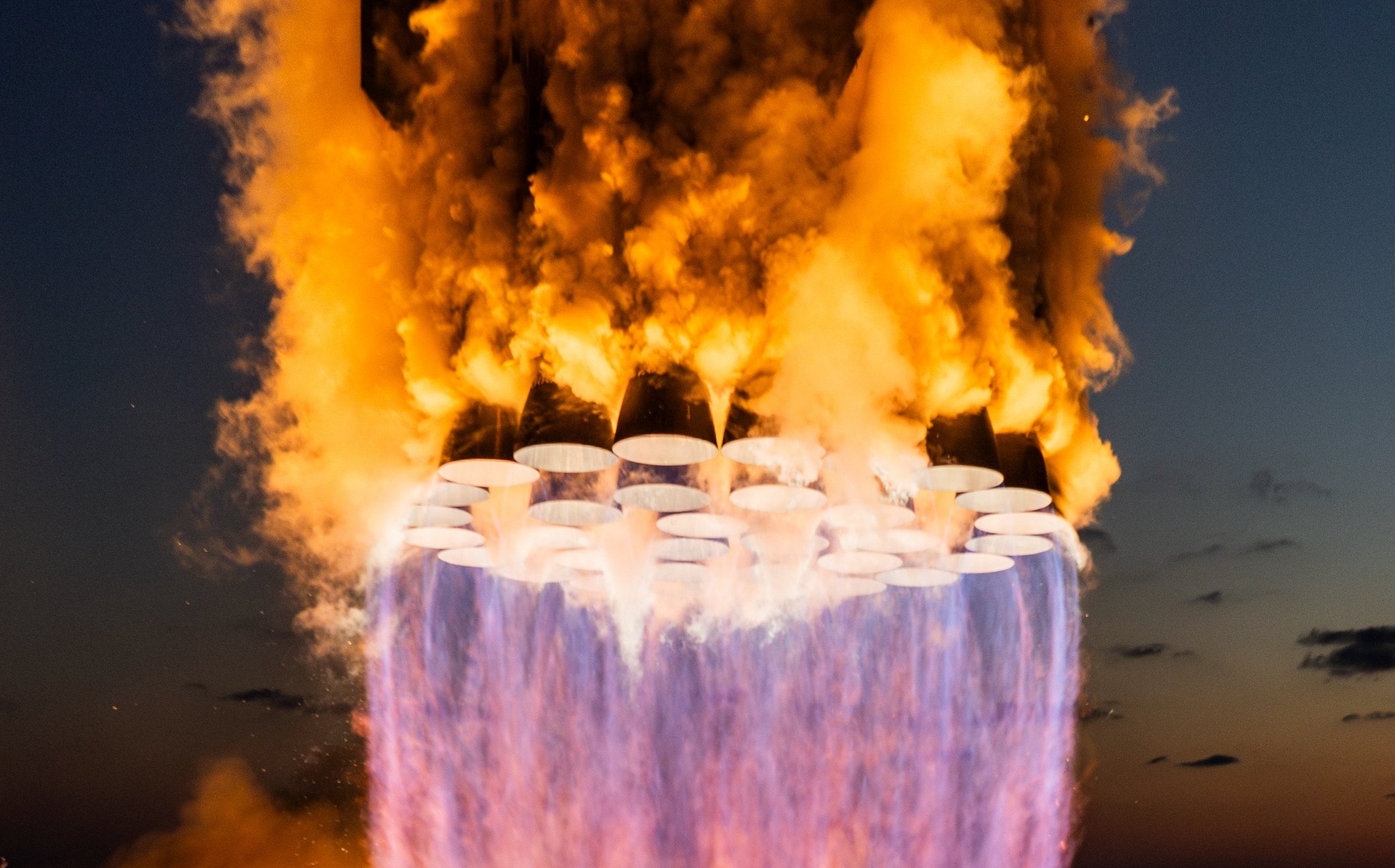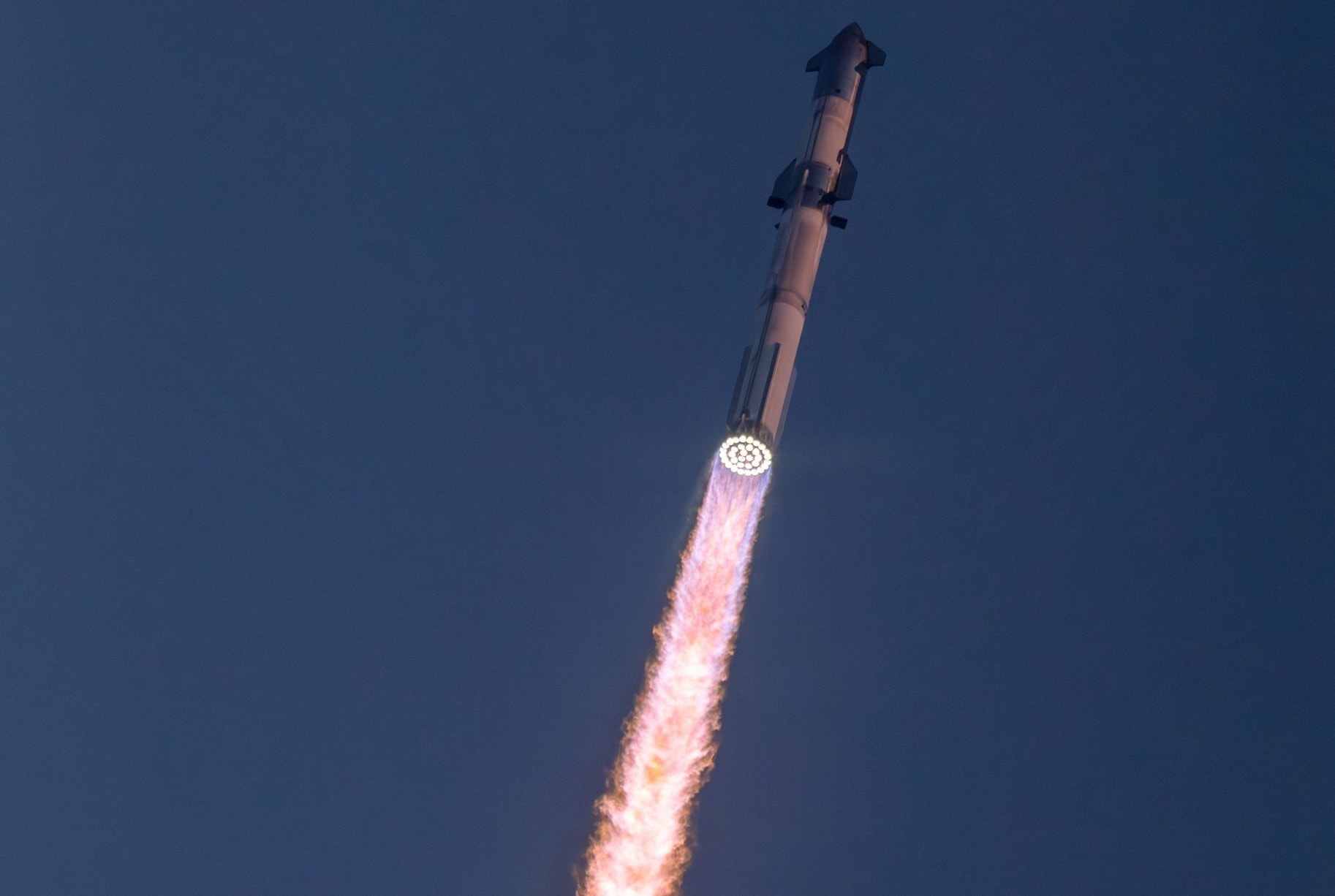Just a month ago, Elon Musk’s SpaceX faced criticism from US regulators and online critics for delaying the fifth launch of its powerful Starship rocket. Initial estimates suggested the launch wouldn’t happen until late November, but SpaceX defied expectations and successfully launched and landed the Starship this past weekend.
The successful mission, which has been widely celebrated, marked a significant milestone for SpaceX. The company’s rockets have previously launched and landed on Earth or on drone ships, but the Starship Super Heavy booster’s landing on Sunday was a groundbreaking achievement.

The mission took place on October 13 from SpaceX’s headquarters in South Texas and followed a planned sequence. The Super Heavy booster ascended into the sky, carrying the Starship spacecraft attached. Once the desired altitude was reached, the two components separated.
While the Starship spacecraft successfully reached space but ultimately failed to achieve a controlled splashdown in the Indian Ocean, the rocket booster successfully landed. Unlike previous rockets, the Super Heavy booster didn’t have landing legs and relied on a tower equipped with metallic arms, known as Mechazilla, to catch it during its descent.
The recent successful landing of the Super Heavy rocket marks a significant milestone in SpaceX’s ambitious mission to revolutionize space travel. This groundbreaking achievement, which saw the rocket gracefully settle onto the launch tower after a dramatic ascent and descent, paves the way for a future where reusable rockets can be rapidly refueled and relaunched, dramatically reducing turnaround times.

Elon Musk’s vision of a rocket that can be ready for flight within 30 minutes of landing is tantalizingly close to becoming a reality.
While there is still much work to be done before the Starship is deemed safe for human missions, the technology has the potential to transform the space industry and open up new possibilities for exploration and transportation.

